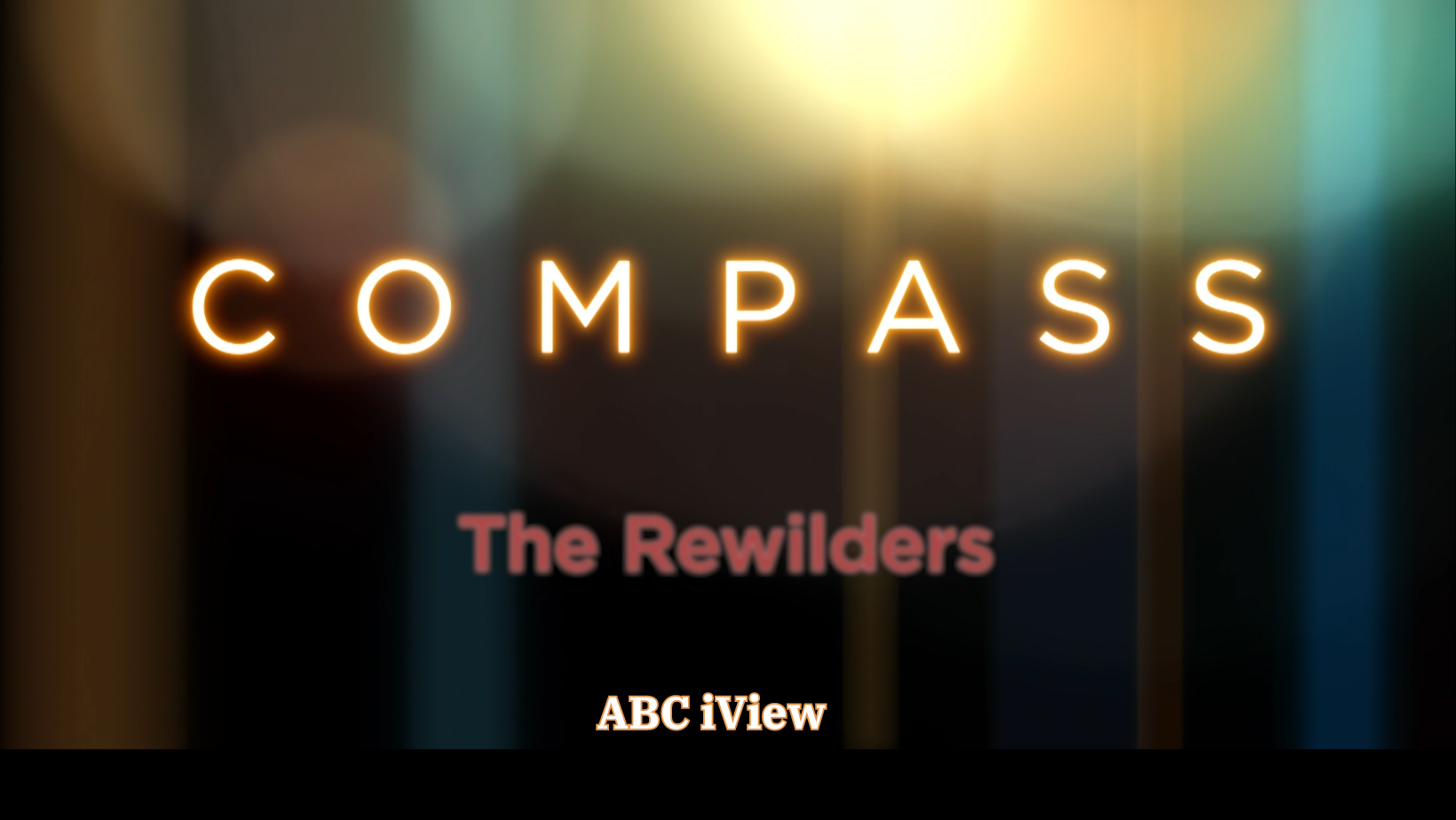Koa Windsong
/The sound of a bamboo flute enters my dreams and floats, lilting and fluid like a falling leaf, before gradually stirring me awake. Poking my head out of the tent I find the night broken only by the smallest purple crack on the eastern horizon.
I rise and head towards the sound, threading my way through long golden grasses and ghost white gums to where a man sits under a thatched lean-to before a small fire. The man is small and wiry and wears a coat stitched from an animal hide. Along the beams of his shelter hang baskets woven from vines. A carved staff rests on a hobbit-esque stick-strung coffee table.
Nearby, the door to his natural shelter is ajar, the swag open on the ground. The tee-pee shaped clayhome is almost indistinguishable from one of the many large termite mounds dotted through the bush, rendered in the same deep red.
Facing out to the woodland, his fingers run up and down the reed. Nodding me a good morning as he plays, I squat down to stoke up his small fire and nestle the billy in the coals.
It’s not everyday you meet someone who can live comfortably for weeks at a time just on bushfood. Koa has. Raised by his Native American grandmother until he was twelve, since emigrating to Australia twenty years ago Koa has been cultivating an extensive knowledge of Australian bush tucker and survival, living off the land for much of the last two decades in around the northern rivers of NSW and far north Queensland.
Nearing 70, he is keen to share his knowledge, and a group of us have gathered at his camp on the Atherton Tablelands to learn.
“The ability to fast is one of the most important survival skills,” he says, telling us how he walked for two weeks once just chewing lomandra stems.
Still, judging by his bucktucker knowledge, it’s a skill he rarely needs to put to use. Rather than showing us ‘window’ foods that our location and season specific, Koa shows us food and medicine that grow right along the east coast such as grass tree, dianella, grasses and reeds, grubs and other insects, wattle seed. He shows us how to make a toothbrush from the anti-bacterial umbrella tree, heal cuts from the sap of sandpaper fig, and how to create a well of water from the banana trunk.
“Ever wondered where original people got their magnesium and zinc from?” he quizzes. Pointing to a termite mound, Koa explains how ingestinga pea-sized amount of the mound each day is more than enough.
“And it will filter your water better than anything you can buy,” Koa adds.
“Everything you need in the bush is generally within arm’s reach,” he says confidently.
“My grandmother taught me the whole earth is a garden and I passed that knowledge to my children. They learned all the wild foods and medicines and how to harvest them respectfully. This gave them incredible confidence in the bush.
“The child that has an intimate relationship with nature will grow into a happy, healthy, self-empowered human.”
As a parting gift Koa hands me his flute. I can’t make it sing like he can yet, but I’m learning.




